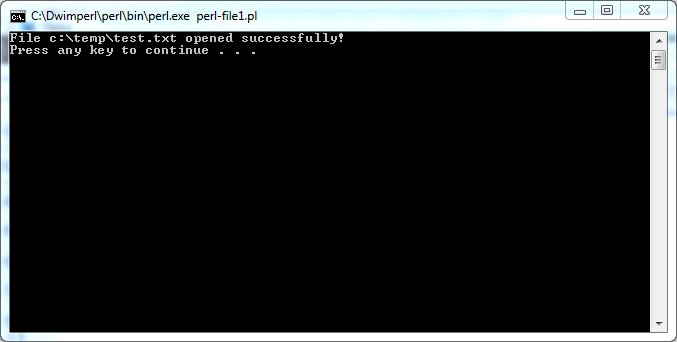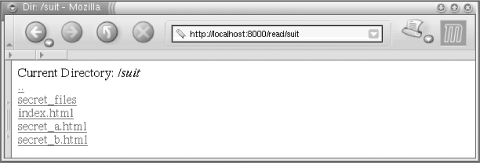
Assume input files will have at least two lines. Also, add a separator between the results as shown below (note that the separator isn't present at the end of the output). GIMP is a high quality framework for scripted image manipulation, with multi-language support such as C, C++, Perl, Python, Scheme. $ # assume sample.txt secrets.txt ip.txt table.txt are passed as file inputsĬ) Print the first two lines for each of the input files ip.txt, sample.txt and table.txt. $ # assume table.txt ip.txt are passed as file inputsī) For the given list of input files, display all filenames that contain at or fun in the third field in any of the input lines. To make the output more informative, print filenames and a separator as shown in the output below. Assume space as the field separators for these two files. ExercisesĪ) Print the last field of first two lines for the input files passed as arguments to the perl script. These will show up in many more examples in coming chapters. This chapter introduced features for processing multiple file inputs and constructing file level decisions. $ perl -ne 'print if eof' greeting.txt table.txt $ # same as: tail -q -n1 greeting.txt table.txt = 1 Ĭlose ARGV if eof' greeting.txt table.txt $ # logic to do something at the start of each input file īy closing ARGV at the end of each input file, you can reset the $. Note that currently ARGV only has its magical effect within the operator elsewhere it is just a plain filehandle corresponding to the last file opened by. The special filehandle that iterates over command-line filenames in Usually written as the null filehandle in the angle operator. See also stackoverflow: referencing filename passed as arguments for more details about behavior when -n or -p switch is active.Ĭontains the name of the current file when reading from. By adding the IO role to the file name string, we are effectively able to refer to the string as the file object itself and thus slurp in. $ # f1.txt and f2.txt have 1 line each, table.txt has 3 lines The read function reads a block of information from the buffered filehandle: This function is used to read binary data from the file.

$ # continuously ejects the filename being processed $ perl -E 'say join "\n", f.txt greeting.txt $ # note that only -E option is used here $#ARGV is generally the number of arguments minus one, because $ARGV is the first argument, not the program's command name itself. $ARGV and ARGVįrom perldoc: array contains the command-line arguments intended for the script.

Still some like to read files with chunks of arbitrary. This chapter will discuss features that help to make decisions around individual files when there are multiple files passed as input. In Perl we usually care about lines of input so the above is enough. You have seen special blocks like BEGIN, END and control structures like next and exit that affect the entire input contents.


 0 kommentar(er)
0 kommentar(er)
